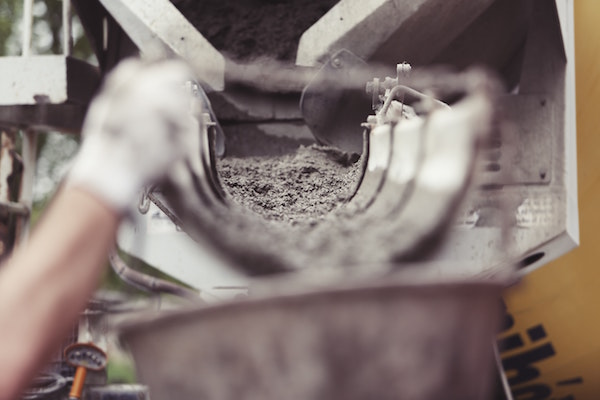
Concrete is a popular building material that’s often preferred for its sturdiness. During construction, reinforcing bars, or reo bars, are added to offer tensile strength, allowing the concrete to bond more effectively. The term tensile strength isn’t just reserved for physics geeks – it plays a huge role in construction. It simply refers to the ability of a particular material to withstand tension forces being elongated or pulled apart.
Carbon steel is commonly used to create reinforcing bars. These bars consist of round, hot-rolled bars having deformation configurations. Steel and concrete have a nearly similar thermal expansion coefficient, making them a perfect pairing.
Here are some primary uses of reinforcing bars:
1. Improves the tensile strength of concrete
Concrete has very strong compression properties – it can easily withstand forces that squeeze it together. However, it suffers and becomes weak when subjected to tension. To make up for this apparent imbalance, reo bars are cast together with concrete, adding some much-needed tensile strength. In this capacity, reinforcing bars offer primary reinforcement during construction. These bars effectively support those design loads that are tensile in nature. However, it’s important to choose the most appropriate bar size/grade for your specific construction project.
Reo bar sizes differ slightly from country to country. In the United States, for instance, Reinforcing Bar sizes are denoted using the # symbol. European and Canadian bar size connotations are vastly different. Therefore, it’s important to understand how reo bars are denoted in your particular location.
2. Offers secondary reinforcement
Apart from providing adequate tensile strength during construction, reinforcing bars also offer secondary (also referred to as thermal/distribution) reinforcement. In this capacity, reo bars are incorporated to enhance the aesthetics and durability of a particular project. Steel bars maintain the tensile fortitude of any building, helping to resist any stresses that may originate from shrinkage or severe temperature changes. Fortunately, reinforcing bars also provide sufficient localized resistance that prevents any concrete structure from cracking. Civil engineers and construction managers should ensure that enough reo bars are used during construction. This will guarantee structural durability and prevent buildings from developing cracks.
Reinforcing bars come in a wide range of sizes. Some are known as Plain Round Reinforcing Bar – these offer normal ductility and bear different diameter sizes. Deformed reo bars, on the other hand, can be bent, cut and threaded as needed. There’s also the Z reinforcing bar that is commonly used to offer footing beam reinforcement.
3. Reinforcing masonry structures
Some ancient buildings that are found in the Vatican and Rome incorporated external steel bars to provide some added reinforcement. Although time has taken a huge toll, these archaic large-scale structures still exist today. The steel bars played a huge role in carrying tensile loads, allowing the structures to stand tall for centuries. Today, this type of reinforced masonry construction is still used in different parts of the world. First, bricks are laid with spaces in them to accommodate reinforcing bars. Next, the reo bars are installed and secured using grout.
As we’ve learnt, reinforcing bars are extremely essential during construction.
